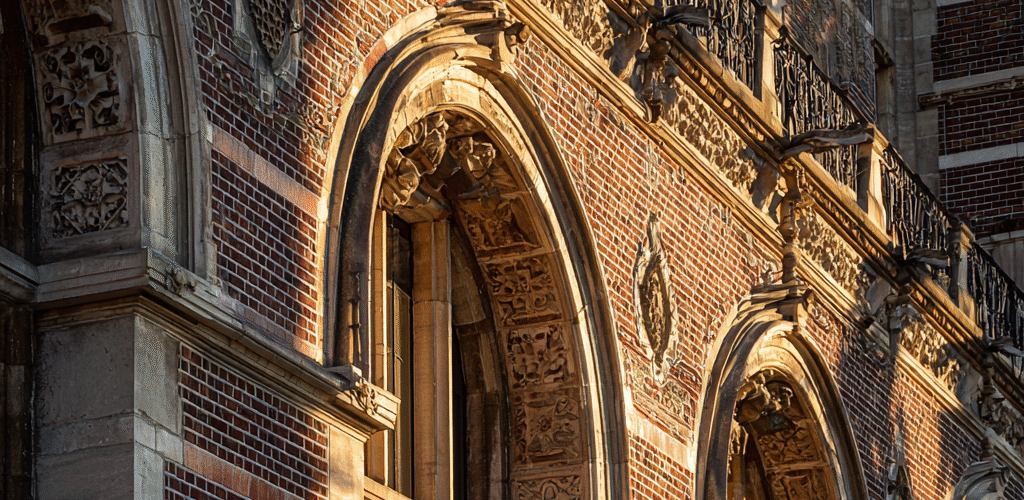- The VAT rules for work on mixed-use buildings have changed as of July 1, 2025.
- Before July 1, 2025, if more than 50 percent of a building was used for private residence, the entire building could be charged a 9 percent VAT rate for certain work.
- After July 1, 2025, the 9 percent VAT rate applies only to the residential part of the building.
- The work includes insulating, painting, plastering, and wallpapering homes older than two years, and cleaning homes regardless of age.
- Mixed-use buildings have both residential and other functions, such as commercial.
- Examples include live-work buildings, residential buildings with shared spaces, and mixed-use facilities like care homes.
- Until July 1, 2025, if more than 50 percent of a mixed-use building was for private residence, the entire building could be treated as residential for VAT purposes.
- From July 1, 2025, only the residential part can use the 9 percent VAT rate.
- Work on non-residential parts is subject to a 21 percent VAT rate.
- Shared spaces used for both residential and other purposes must have VAT divided based on usage, with parts charged at 9 percent and others at 21 percent.
Source: taxence.nl
Note that this post was (partially) written with the help of AI. It is always useful to review the original source material, and where needed to obtain (local) advice from a specialist.
Latest Posts in "Netherlands"
- Senate accepts bill to retain reduced VAT rate on culture, media and sports
- VAT on residential rent by foreign temporary workers not deductible
- Dutch Court Rules Outsourced Payment Processing Qualifies for VAT Exemption
- No Reduced VAT Rate for Head Spa Treatments at Hairdressers, Dutch Tax Group Rules
- Netherlands Plans Mandatory Peppol-Based B2B E-Invoicing Regime by July 2030














